General Carl Spaatz is one of the most famous U.S. Army Air Force leaders. The story of his years commanding the U.S. 8th Air Force and later, the entire American air effort in Europe, is literally the stuff of history.
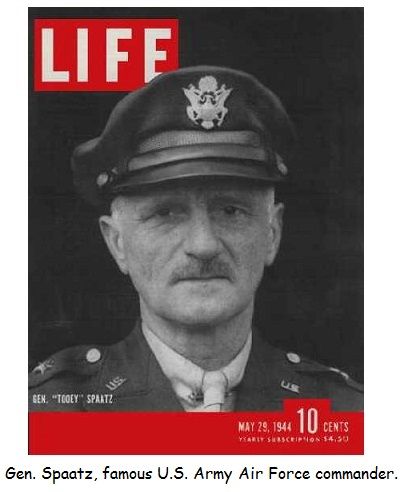
His early career is less well-known, however and the sole aircraft he designed is all but forgotten.
Carl Spatz (how he spelled it prior to 1938) became a U.S. Army aviator in 1914. His skill in the air and inimitable sense of style quickly brought him to the attention of superiors.
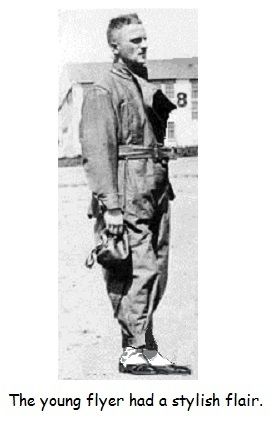
When the U.S. entered the Great War, Carl Spatz was put in charge of a U.S. Army Signal Corps training squadron. Spatz was dismayed to discover his unit's imported French aeroplanes were actually crates of seemingly random, mis-matched parts. However, from this morass would be born a cutting-edge flying machine.
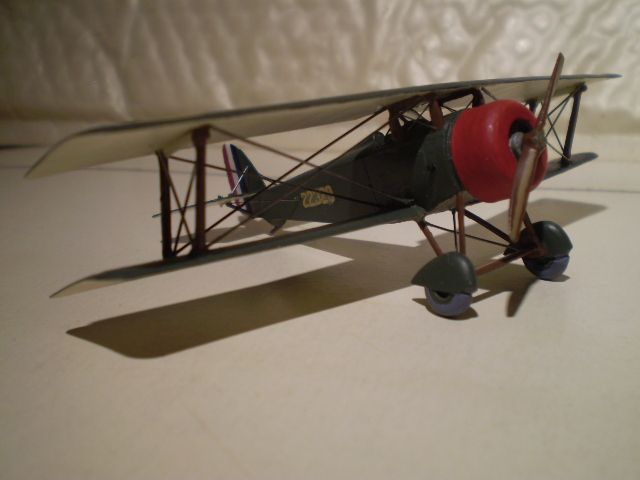
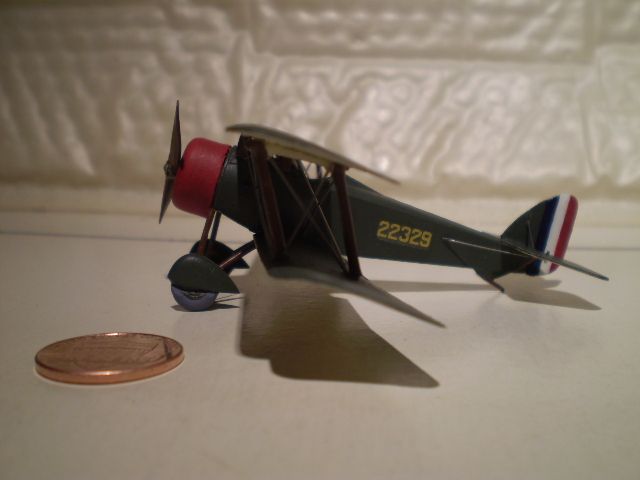
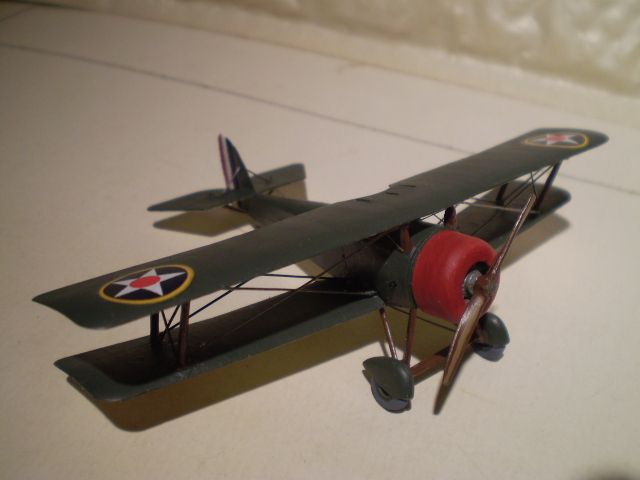
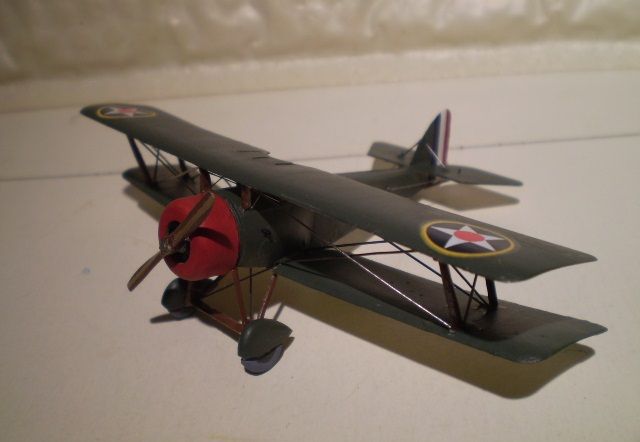
Made up of mostly Hanriot and Nieuport parts, the new 'plane was powered by an innovative double-row Rhone Clone Gnome Gnome which was achieved by mating two French rotary engines. What really set this bird apart was its fantastically streamlined landing gear.
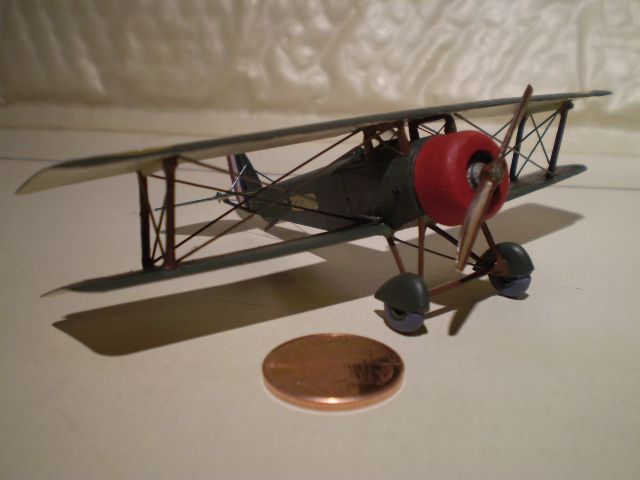
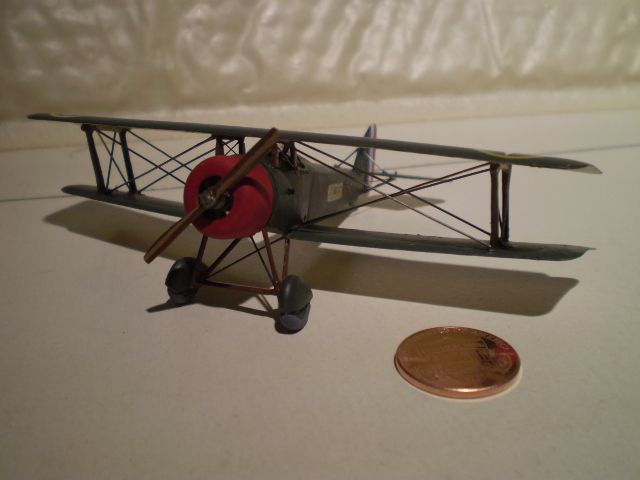
Spatz created an incredibly sleek undercarriage by using French cod-liver oil tank parts to cover wheels fitted with low-pressure tires which would prove ideal for use on rough fields.
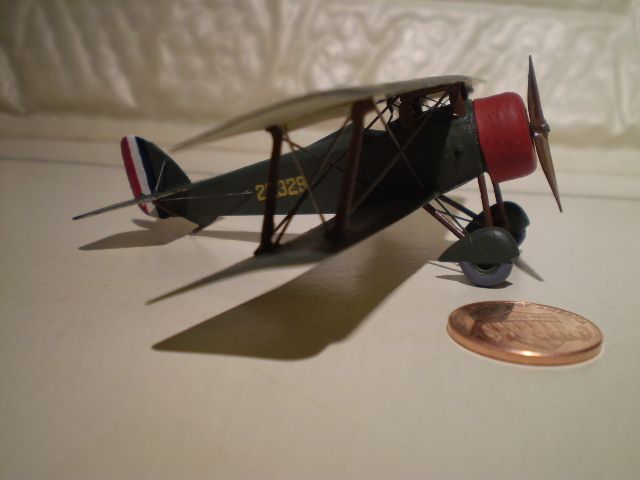

The Spatz Scout was comparable to the famous Sopwith Pup but had greater speed and it was thought could carry two .50 cal. machine guns without degrading performance. Unfortunately, the hide-bound upper echelons of the U.S. Army Signal Corps rejected the Spatz Scout and Carl was soon rotated to a U.S. aero squadron in France.
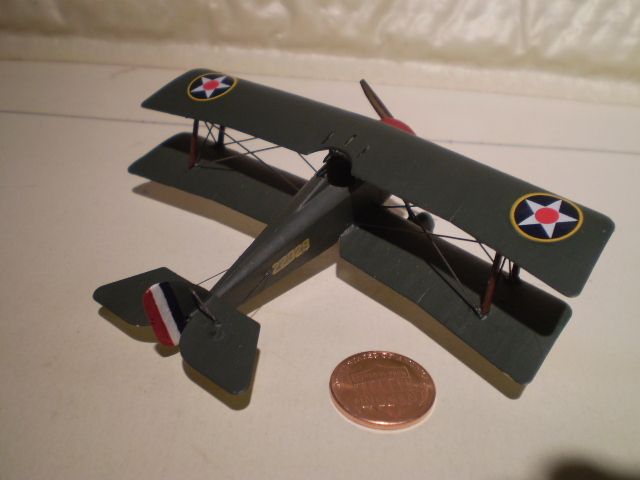
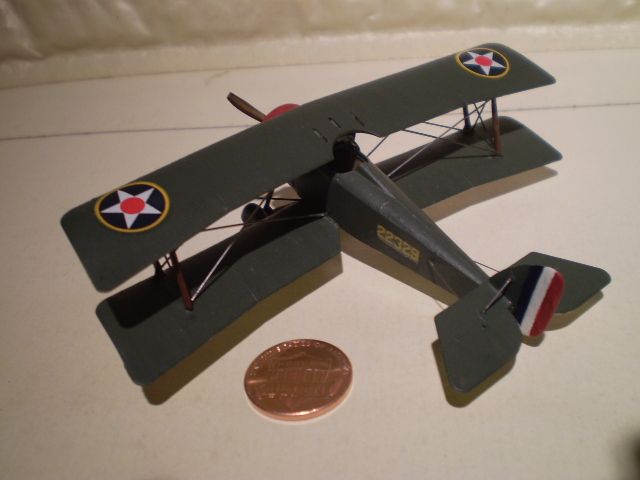
While the Spatz Scout is completely forgotten, its designer would give his name to the incredibly sexy, streamlined undercarriages that would soon become common.
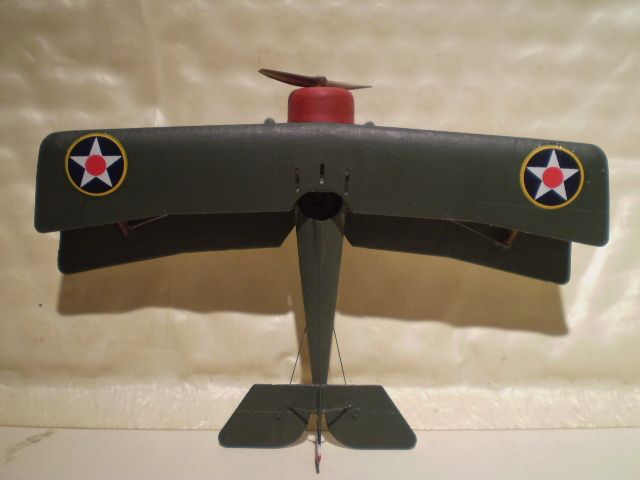
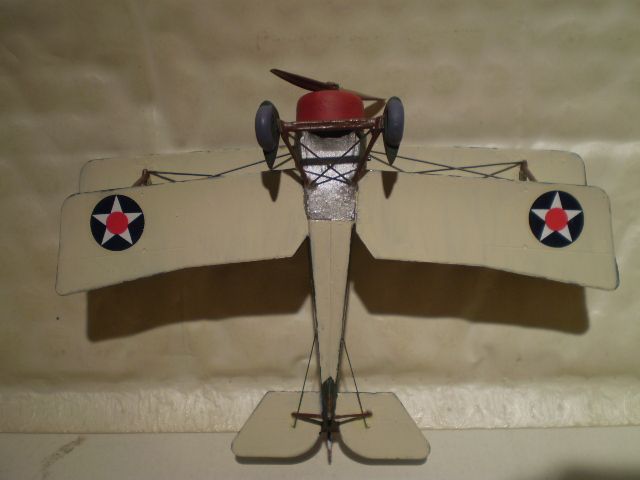
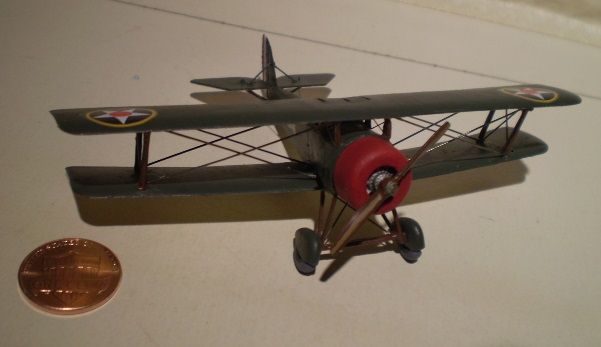
Brian da Basher